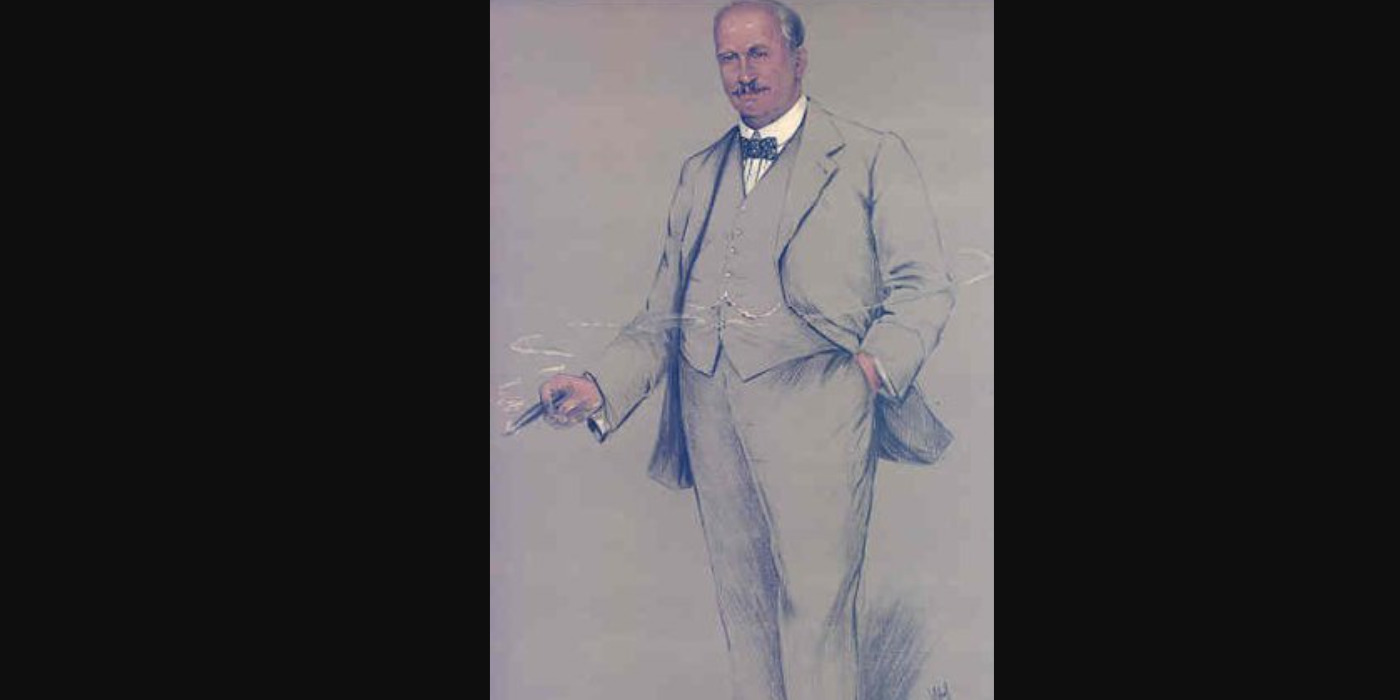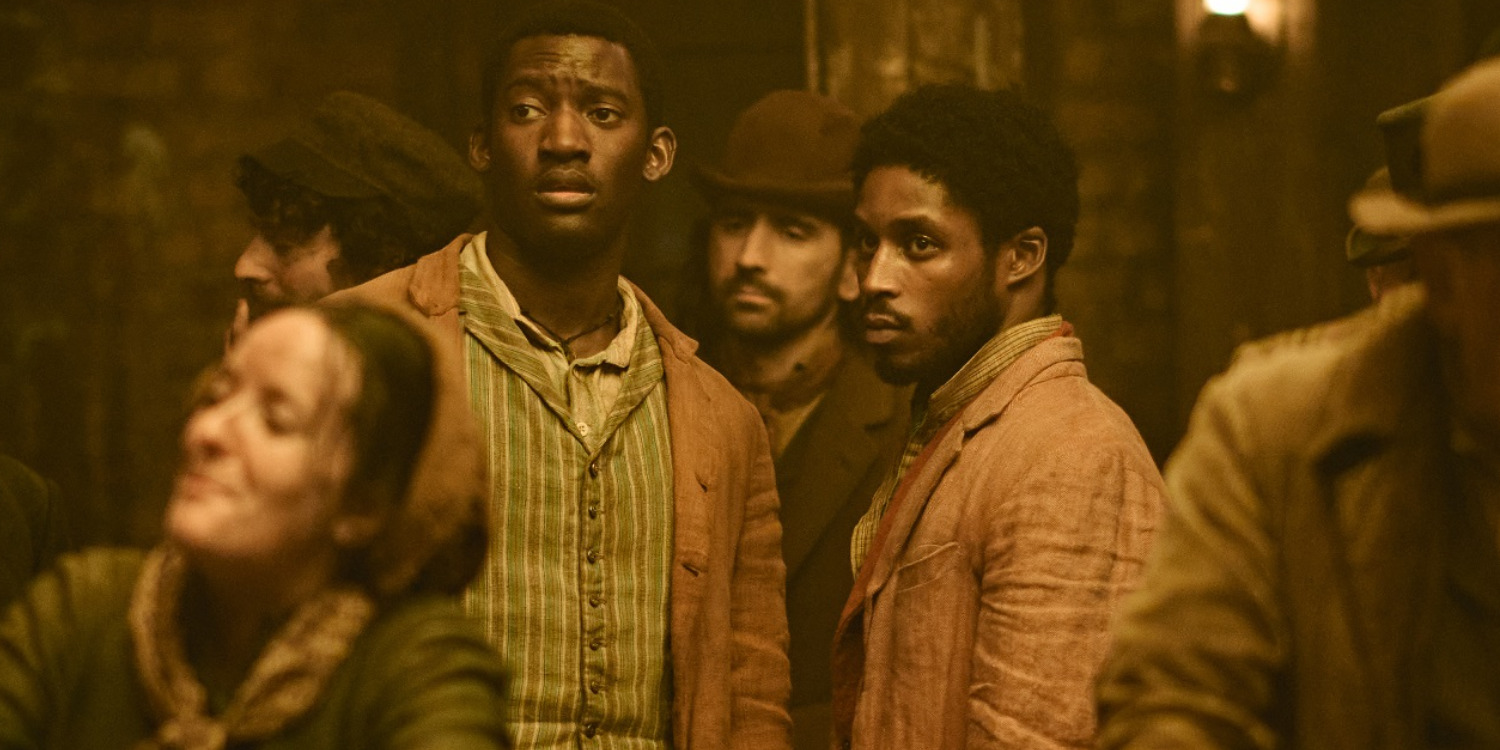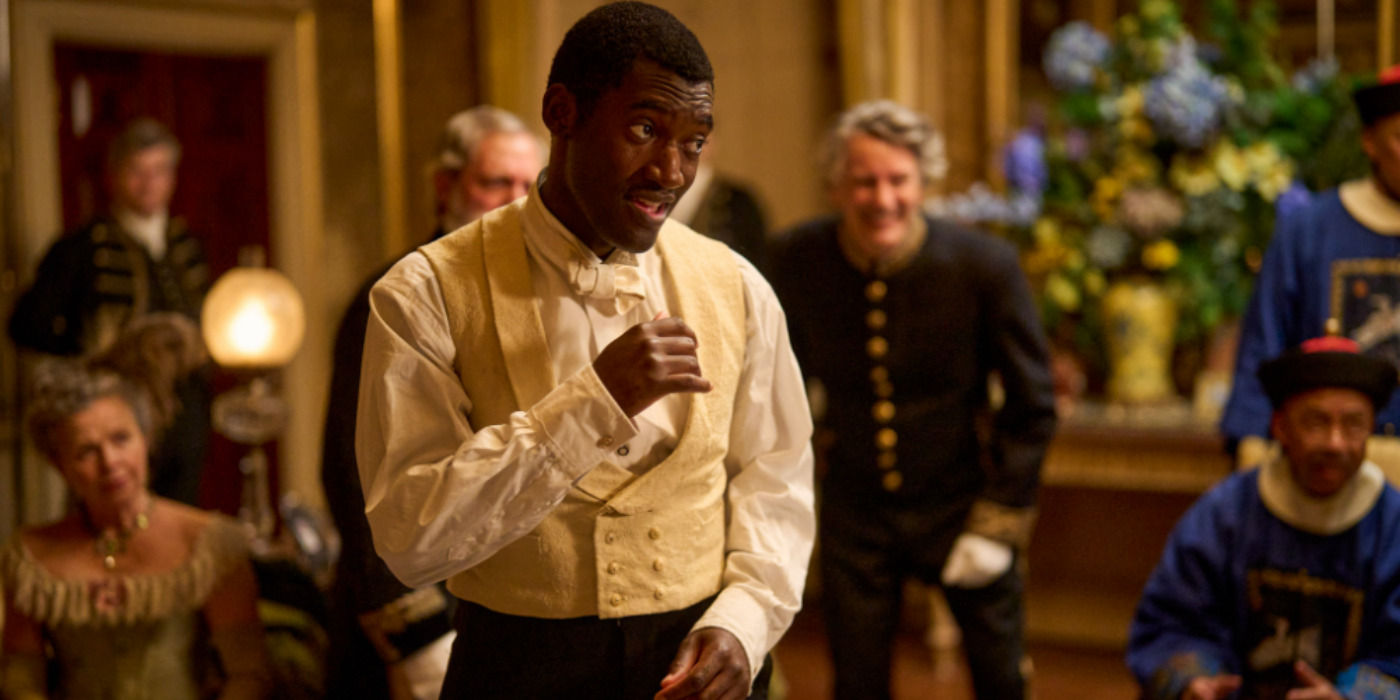The boxing scene in London during the 1880s is central to the narrative in ‘A Thousand Blows,’ Hulu’s historical show created by Steven Knight. The show jumps off with the arrival of Hezekiah Moscow and Alec Munroe in London, where they hope to make a fortune for themselves. Nonetheless, the harsh streets of the city’s East End inevitably show them a different truth. Here, their destinies intertwine with the Goodson brothers, big names in the criminal boxing underbelly of the city.
Simultaneously, Hezekiah also falls in with Mary Carr, the leader of the local criminal gang, who has a job for him that will establish a legitimate boxing career for him. As a part of this job, she introduces the young fighter to Peggy Bettinson, who heads the up-and-coming London Boxing Club, which promises to give the Jamaican boxer a big break. Naturally, Peggy’s apparent instrumental role in establishing the history of boxing in London is bound to invite some intrigue regarding the character’s roots in reality.
Peggy Bettinson was a Real Boxing Promoter who Cemented the Sport’s Legacy in London
In ‘A Thousand Blows,’ Peggy Bettinson’s character is based on a real-life boxing enthusiast who had a significant role to play in the sport’s history in London. Born in 1862, Arthur Frederick Bettinson grew up in Hampstead and enjoyed a variety of sports from a young age. He also got the nickname “Peggy” due to his apparent improper cutlery etiquette as a young boy. This epithet ended up sticking around well into his adult life. From cricket to ice skating and swimming, Bettinson enjoyed many sports during his youth. Yet, none as much as boxing. In 1881, at 19, he made it to the inaugural Amateur Boxing Association middleweight semi-final and became the British Amateur Boxing Association’s lightweight champion the following year at 20.

Over the course of his boxing career, Bettinson was involved in various sectors of matches, be it as a fighter, administrator, referee, matchmaker, judge, or promoter. Consequently, his impressive knowledge of the game earned him another nickname among the sport’s circles: “The Guv’nor.” Eventually, in 1891, he and John Fleming founded the National Sporting Club (NSC) together, which paved the way for boxing’s future in London and the UK as a whole. In the first year, Fleming took over the club as the managing director while Hugh Lowther, 5th Earl of Lonsdale, became the President. A few years later—by 1897—Bettinson took over the managing directorial position and imposed a strict code of conduct on the club and its patrons.
Under Bettinson’s leadership, the club established rules, etiquettes, and more for the boxers who entered the ring and the spectators who were born witnesses to their matches. It is said that he laid out much of the foundation for the current British Boxing Board of Control during this time. As a result, this helped in the transition of boxing to being a well-respected and legitimate sport. In the early years, the club faced some legal trouble as a virtue of its association with the sport. Nonetheless, Bettinson remained an adamant advocate for boxing’s legality and faced each court case head-on. For the same reason, his contribution to the sport of boxing is remembered to this day. In fact, in 2011—85 years after his passing—he was posthumously inducted into the International Boxing Hall of Fame.

This aspect of the boxing enthusiast’s life remains evident in Ziggy Heath’s on-screen portrayal of Peggy Bettinson. While the show rarely touches upon the character’s personal life, his historically accurate connections to London’s boxing scene inform the bulk of his character arc. As a result, Peggy’s character doesn’t stray far from his real-life inspiration in that regard. Yet, the show’s overarching narrative blends in stories of Marry Carr and the Goodson Brothers with Hezekiah Moscow—real-life historical figures who never notably crossed paths in real life. As a result, the show adopts certain creative liberties. The same applies to Peggy’s character, whose association with these real-life criminals/boxers is a fictitious concept. Ultimately, while ‘A Thousand Blows’ mines Arthur Bettinson’s actual life for certain aspects of its character, it also fictionalizes other storylines.
Read More: A Thousand Blows: Is The Blue Coat Boy a Real Pub?


